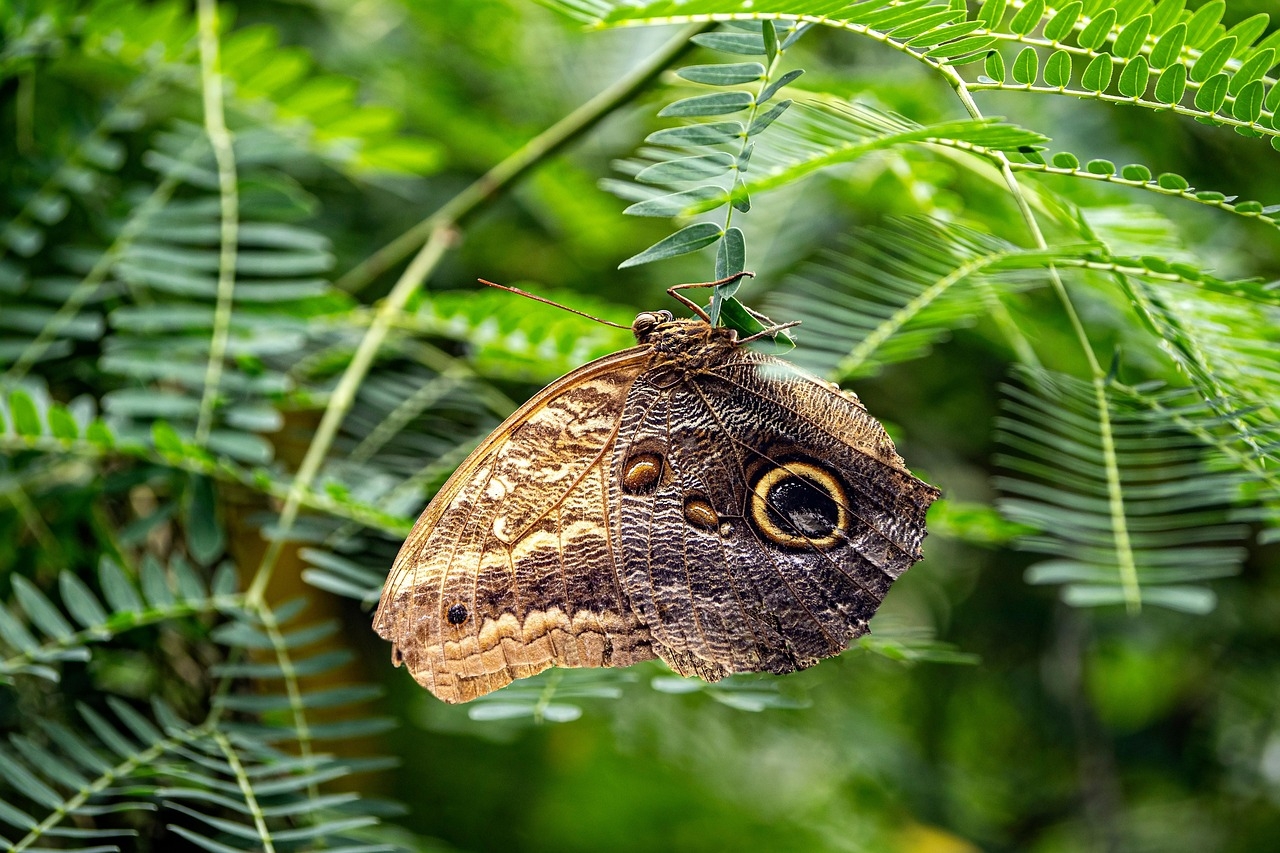We reach more than 65,000 registered users in Dec!! Register Now

Curious isolation: new butterfly species discovered
- July 02, 2025
- 1 Views
- 0 Likes
- 0 Comment
In the heart of Canada’s Rocky Mountains, an unassuming yet remarkable butterfly has been quietly flying under our scientific radar for years. With a wingspan of an inch to an inch and a half, and wings that are brown on top and greyish brown with black spots below, this population was long thought to belong to the Half-moon Hairstreak (Satyrium semiluna). However, the isolated hairstreak butterflies of Blakiston Fan in Waterton Lakes National Park, Alberta, have now been recognized as a distinct species: Satyrium curiosolus, or the Curiously Isolated Hairstreak.
TrendingEndangered new orchid discovered in Ecuador
The science behind the discovery
“Our whole-genome sequencing of S. curiosolus revealed strikingly low genetic diversity and exceptionally high levels of historical inbreeding compared to the geographically nearest S. semiluna populations in British Columbia and Montana, more than 400 km distant,” says co-first author Zac MacDonald, a La Kretz postdoctoral researcher at University of California Los Angeles Institute of the Environment and Sustainability. Despite its small population size, genetic data suggest that S. curiosolus has likely maintained itself as a stable, independent lineage for tens of thousands of years. “Like the Channel Island Fox, S. curiosolus may have purged some of its harmful recessive genetic variation through a long gradual history of inbreeding, allowing it to persist as a small and completely isolated population today,” MacDonald adds.

List of Referenes
- Zachary G. MacDonald, Julian R. Dupuis, James R. N. Glasier, Robert Sissons, Axel Moehrenschlager, H. Bradley Shaffer, Felix A. H. Sperling. Genomic and ecological divergence support recognition of a new species of endangered Satyrium butterfly (Lepidoptera, Lycaenidae). ZooKeys, 2025; 1234: 291 DOI: 10.3897/zookeys.1234.143893
Cite This Article as
No tags found for this post









